Getting Started With Oracle Testing
Harish Rajora
Posted On: May 28, 2022
![]() 63989 Views
63989 Views
![]() 18 Min Read
18 Min Read
As an engineer, I can tell you that when someone says “Oracle” to me, it means databases and Java. Fair enough. Oracle has always been inclined towards databases and providing an excellent and world-leading database system. According to HG Insights, 135,682 companies use the Oracle database.

As per Oracle, in 2020, 86 out of the top 100 fortune global companies were using Oracle’s Exadata Database system. Its high usage across borders makes it a de-facto statement that when it comes to databases, Oracle is probably one of the oldest and one of the biggest names.
In addition to providing database-related technologies, Oracle’s business strategy has incorporated cloud-related technologies on a large scale in recent years. These technologies help provide a platform for the developers to build their applications with minimal efforts on the cloud. Obviously, this gets united with Oracle’s database to make this a complete system with all the necessary features.
In this article on Oracle Testing, we revolve around Oracle’s need in application development today and the benefit it offers. In addition, we will look at one feasible and efficient method of testing these applications on the cloud.
TABLE OF CONTENTS
Issues in application development
Before discussing Oracle’s role in the development of applications it is essential to know why we need to turn ourselves towards such platforms. What is it that stops us from writing every line of code and setting everything from scratch today?
User’s expectations
In 2022, websites have flooded the Internet with their rich user interface and excellent user experience. Be it a startup or a big organization; everyone has turned towards creating a rich experience for the user through their GUI. This was not so true in earlier times.
Earlier, people focussed on the functionality rather than UI because the options were limited, and the UI had not become this much richer back then. As a result, user expectations were low, and companies aimed at improving security, robustness, and infrastructure rather than their buttons and icons. For instance, let’s look at Amazon’s design changes over the years, starting from 1995.
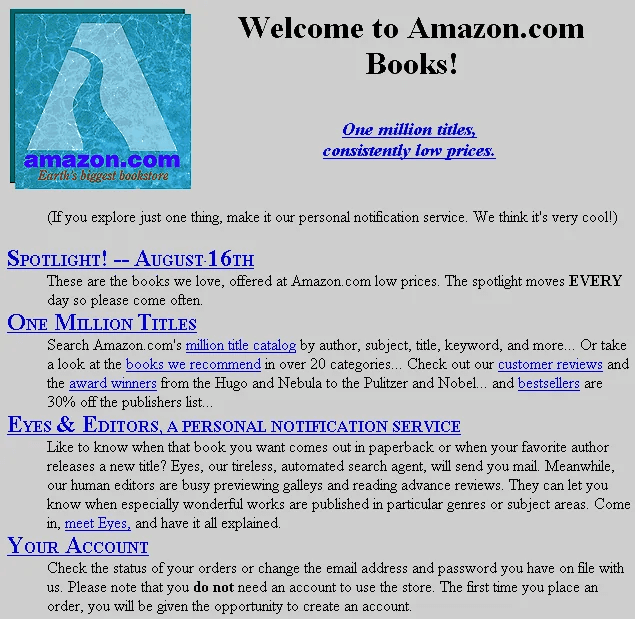
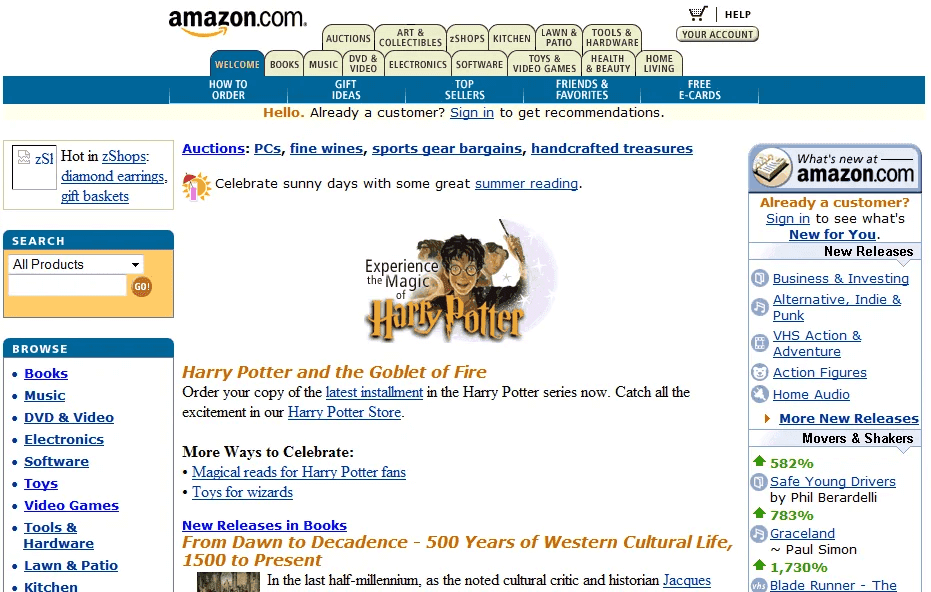
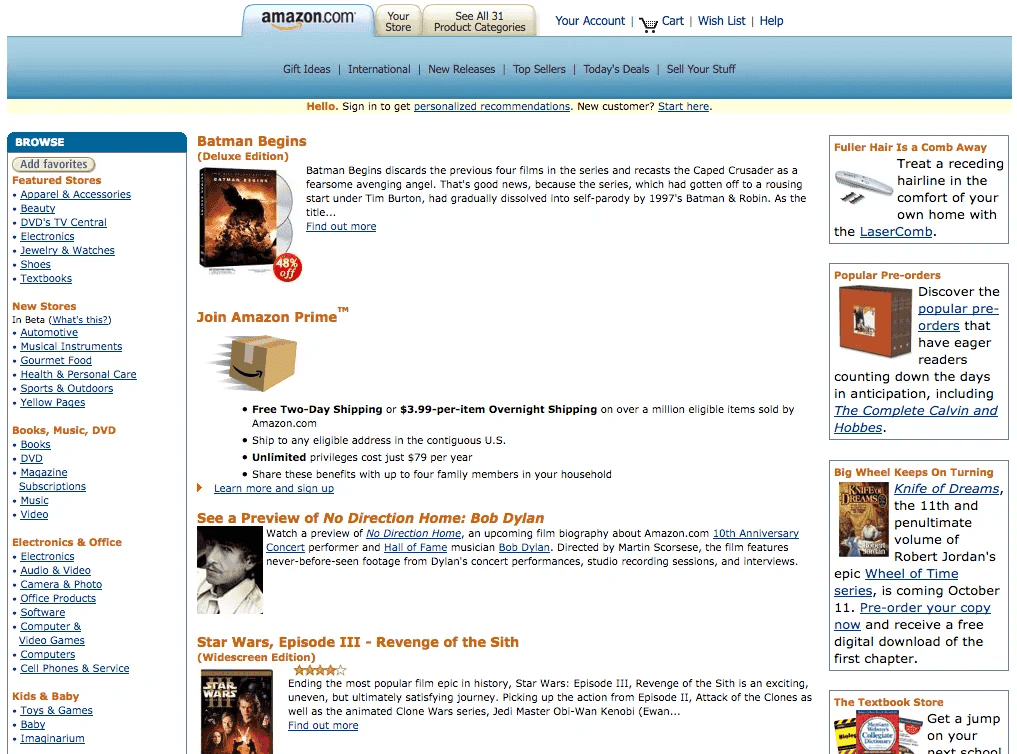


While we see a company going through such a change for many years, the following image is a screenshot of a startup launched in 2020, i.e., their first-ever home page release to the user.
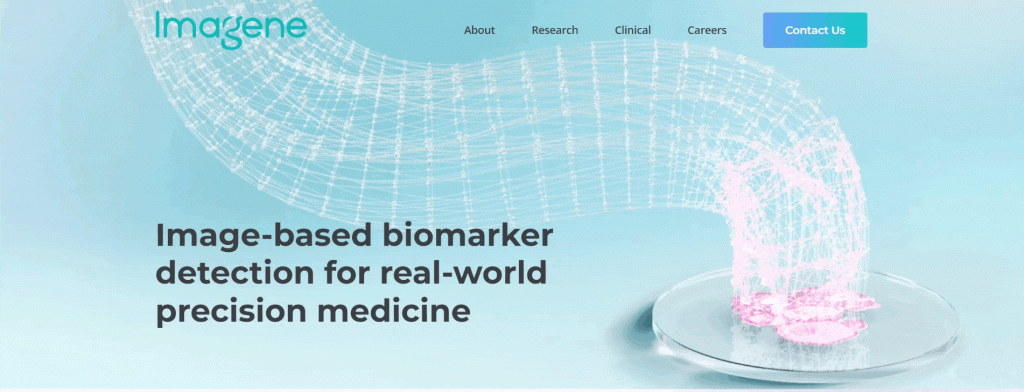
Its progress has not been similar to Amazon. This shows that if you are looking to develop a web application (or native), you should have rich UI technologies involved. So, how to do that?
It’s by writing a lot of complex code that makes our application larger and tough to maintain. This interconnected arrangement of various technologies now needs a good networking system and excellent server powers to talk to each other. Building that up from scratch is another huge task and is definitely tiresome.
Too many services
Applications today are complex. So companies have developed many smaller services that connect each other and give results to a more extensive system, i.e., the application. For example, lambda functions (serverless) or API services or user management services, etc. Building all those services yourself is like reinventing the wheel when all you need to do is log in to a cloud service.
Scalability
An important part of a business is to grow with time. As long as a business stays successful, its user base increases, operations increase, and much more. When such an effect is witnessed, we say a business is scaling.
Scalability is a good thing for business owners, while it is a bit challenging for developers. Managing a scaled-up metric needs a scaled-up infrastructure that is challenging to create and maintain. We should also consider that when records scale in a database, the database becomes slow in finding out the requested data. If it keeps growing with no optimization changes, it will directly impact the user experience and, ultimately, the business. High computational powers and optimized algorithms are what we need to manage scalability.
Analytics
An analytical reporting system becomes necessary when the system starts to grow. How your business is growing, what type of users you have, and what direction our business is taking are a few questions answered by analytics. Apart from this, if something goes wrong in the system, that can also be traced through these modules. Hence, a business needs to have a robust analytical system if it is looking to scale and move in the right direction in the future.
Costs
All our points mentioned above accumulate to a high cost when done on-premise. For example, developing and maintaining just an analytics module will take a team that needs to be hired full-time. In addition, you need tools that can crawl and monitor the health of each section of your application and report them on the analytics portal.
For small businesses and individuals, costs possess a significant factor and a hindrance while working on a project.
If any of the above points did not scare you, you are good to go. You can skip to the testing section of this post. However, many of us would be thinking, “If only there were an easier way to do all this and let me just focus on the tech part, it would be great!!”. Well, this is where Oracle testing comes into the picture.
The need for Oracle in app development
In the introduction of this post on Oracle testing, I mentioned the change in business strategy toward application development. This is logical as Oracle testing has already made its mark in the database department and is the most popular database in use across the world.
DBEngines also puts Oracle at the top of the list as of May 2022.
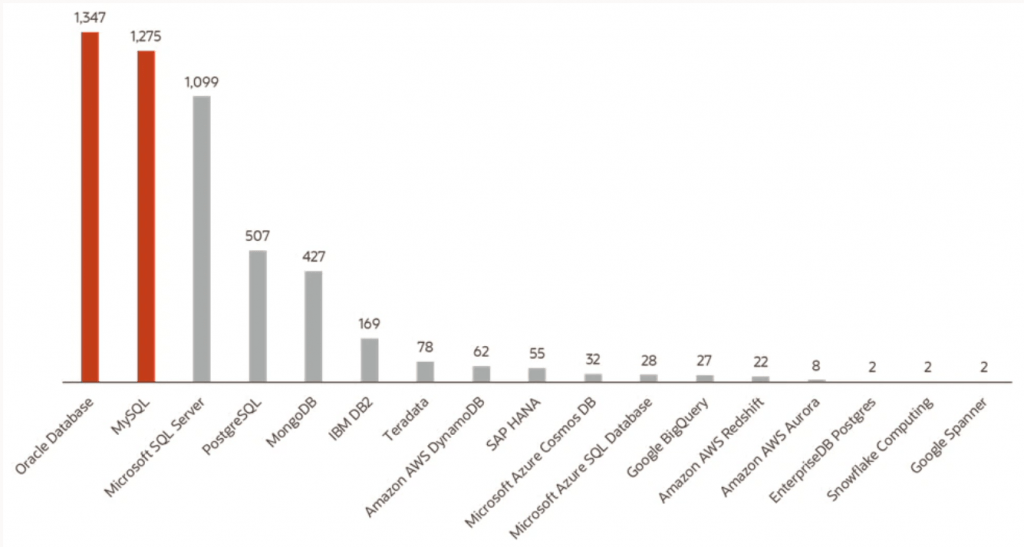
The new shift has been Oracle cloud. Launched in 2016, Oracle cloud is a cloud computing service similar to Amazon’s AWS and Microsoft’s Azure. Oracle’s popularity and user base currently stand far below AWS, Azure, and Google Cloud. However, it doesn’t make it weaker than them. It was launched just five years back, and AWS was launched twenty years back, making a lot of difference for us and giving Oracle added advantages.
Oracle Cloud provides the same services as its counterparts. You get the Infrastructure as a Service (IaaS), Platform as a Service (PaaS), Software as a Service (SaaS), and Data as a Service (DaaS).
With these services, you get everything in a single place. If you want to initiate a VM over the cloud, you get that within seconds. If you want to connect a database over the cloud, you have that, and you can also let them talk to each other using IPs and APIs within this infrastructure. You can create a whole infrastructure without installing anything. Apart from this, Oracle cloud offers many more features to help you in application development.
High performance
A high-performance cloud system is what every company desires, and therefore it is best to talk about this feature first. A high-performance cloud makes calculations and responses to and from servers quicker. The direct benefit is that the user gets the data as soon as the request is placed with minimum load time.
Oracle provides physical nodes and the latest hardware configurations, which is an added advantage of being one of the latest cloud providers in the industry. Oracle partnered with Intel and AMD for VMs while with NVIDIA for GPUs such as Tesla P100 and A100. Oracle performance is also based on a low-latency and high bandwidth system consisting of over 1 million network ports from each availability domain. Oracle Cloud is also the only cloud provider with service-level agreements (SLAs).
Database driven
The best part of using the cloud is that you get Oracle database technologies and systems along with it. Although Oracle cloud can be connected to other databases via networks, its databases are top-class and, as mentioned above, are the most popular in use across the globe.
Next-generation data transfer facilities
Once you know which cloud service provides the best facilities, the next thing to look forward to is data transfer. Anything you do with the cloud, you need to transfer it via an Internet connection to your databases available over the cloud. Zoom, for instance, saw a surge in its users during Covid-19 times. When everyone was at home attending meetings over Zoom, they were clocking 300k meetings daily. This resulted in seven petabytes of data transfers every day, equivalent to 93 years of HD video.
Oracle’s fast data transfer across systems helps you achieve faster speeds when you have such a business depending on data transfer. Other than that, you may be working in a company where live data transfer, such as on Zoom, is not required, but you need to regularly save data to the cloud. This is generally achieved by uploading it to Oracle’s cloud hub from your data hub. But the problem is, even if Oracle’s data transfer speed is fast, your Internet service provider will not be.
If you are one of the people requiring petabytes of data flowing around regularly, Oracle has a different solution. In 2018, Oracle announced that they will provide a data transfer appliance (DTA) for such scenarios to serve such needs. In this arrangement, Oracle sends a DTA to your address that can store 150TB of data. Then, you have 30 days to transfer the data and ship it back to Oracle. All this is free of charge, including the shipping fees. You can also request multiple DTAs according to your requirements.
Lower costs than counterparts
Everything you lease on the cloud is chargeable. Whether it is the VMs, the database systems, or anything else. It is just a matter of how much you have to pay to get things done.
Earlier, cloud services would be charged similar to shares. You have a fixed price for 1 unit, like 1 VM of XYZ configuration is priced at $ABC per month. There is no option of going below one month. If you have to use it for a week, you still have to lease it for one month. However, the cloud market has changed, and companies now charge according to usage. Just pay what and how much you use. You can close your account in one day by paying for whatever you consumed in one day.
Oracle is new, and it has been just six years since it came online. This is a great advantage for developers and businesses looking to build an application. Since Oracle’s cloud department is not currently focused on making money but rather on acquiring users, they have kept prices considerably lower than its counterparts. Oracle claims to be 61% cheaper than AWS services and provides better services with upgraded, latest, and high-end specifications on their machines.
Low code development
Another development method Oracle pitches in is low code development. Referring to their system as, “Focus on solving problems and let Oracle do the heavy lifting for you,” is a complete sentence of their offerings. In low code development, Oracle keeps the coding part minimum and provides web elements as a drag-and-drop method for development.
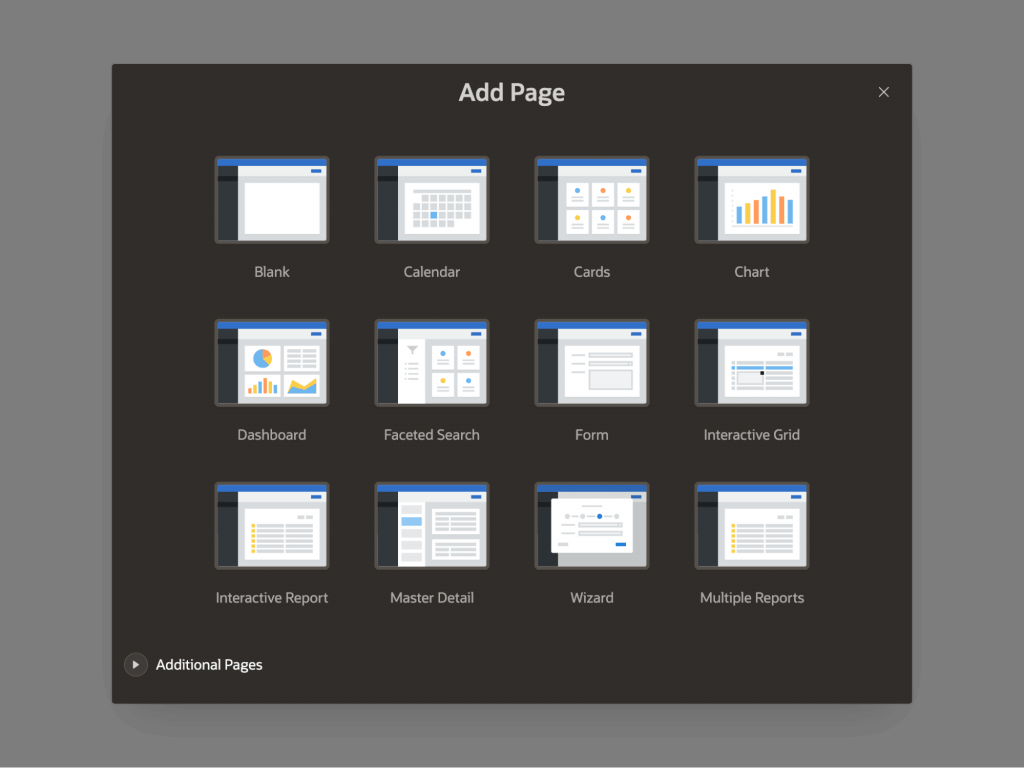
CI/CD integrated
Today’s application development methods ask for continuous integration and continuous deployment for better quality software. Hence, each software undergoes a rigorous scrutiny phase before releasing to the user. Generally, when we are on-premise, we need to build this pipeline by ourselves. Although most of the CI/CD software is free and open-source, it does not cost much except for the time and maintenance part. But throw in a few containers, and the system becomes fragile to handle.
Oracle offers an in-built CI/CD delivery system using the three most popular components:
- GitHub
- Jenkins
- Kubernetes
If you are developing your website on Oracle, as soon as a build is pushed on your repository, the pipeline is run through Jenkins and ready for the end-user with scalable technologies built with Kubernetes.
LambdaTest is a fantastic platform to test and trust. LambdaTest has shown to be incredibly reliable and feature-rich in my projects. Oracle testing tools like LambdaTest come with an online browser farm of 3000+ browsers and OS combinations, ensuring that there is no room for error while testing Oracle-based applications. It is compatible with both mobile and desktop screens. The nicest part is that it’s all done through the Internet. Simply log in and begin live testing from anywhere, at any time, and on any system.
A sample lifecycle is described in the Oracle official documentation, which may help you understand the complete flow from the build to delivery.
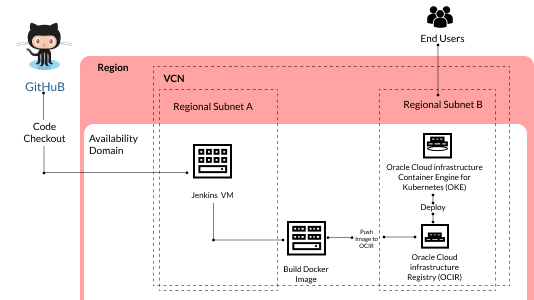
Monitoring and Analytics
An application developed and hosted on the cloud has a lot of elements working around it. You have a VM managing your files, a load balancer managing load, a database center managing all the data, and more. Suddenly, a huge load comes to your website, and one of the things breaks down. You will never be able to know until you check everything personally and find out that something is wrong.
To automate this process and let us be aware before everything breaks down, monitoring and analytical systems are put in place. In Oracle cloud, you have an alarm system and monitoring system to analyze the health of your infrastructure. The developers can put the checks according to themselves, such as for uptime or downtime, and mention the type of notification they want to receive. So, if a developer wants, they can get an SMS as soon as an alarm is triggered.
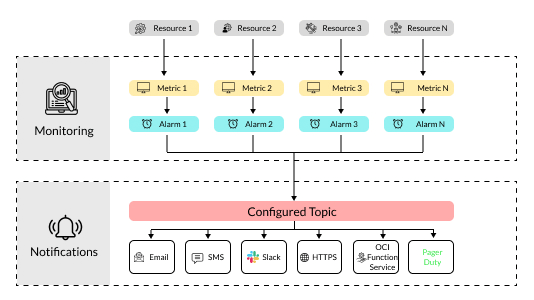
Monitoring and analytics are vast and complex concepts that include many elements in the cloud. Apart from these highlighting features, Oracle does offer a lot more. These may include machine learning and artificial-intelligence-based development, containerized services and their recent partnership with Microsoft can help Azure users work to and fro between Oracle and Azure with single-sign-on.
But development is not the only part that can take your application to the end-user. Once the application (web or native) is developed with Oracle, the next step is to test it for its correct working. While arguably you can use on-premise solutions sometimes, the best way to go with such big apps is to use online cloud-based services just as you did for development.
Testing Oracle Applications with LambdaTest
Testing an application will ask a lot from you as a tester if you do not adopt an easier and more convenient way of testing. For example, capturing screenshots, writing captions on them, and sharing them with your team is a challenging task if done manually.
A better testing method is to turn towards the cloud and use its high-end infrastructure and technologies. LambdaTest, one of the leading cloud platforms for Oracle testing, has created a plugin to assist you with browser compatibility and posts across over 3000+ browsers and operating systems.
LambdaTest has covered all such technologies under its umbrella for testers looking for pocket-friendly solutions. It offers various testing methods that can help you in various phases of testing an application. Although for this post, we can restrict ourselves to cross browser testing and mobile application testing. Before looking at any of those methods, you can sign up for free on the platform so that we both can move ahead simultaneously. Then move to the LambdaTest Dashboard after logging in.
Performing real-time Oracle testing on LambdaTest
To perform real-time cross browser testing of Oracle applications on the LambdaTest platform, please follow the below steps:
- To test your web application developed using Oracle’s networks, head to the Real Time Testing section available in the left menu bar.
- Inside Real Time Testing, enter the URL of the website you wish to test. Then, select the device, browser, and resolution from the list below:
- Once selected, press START, and your website will be launched on the selected specification.
The above image shows the mobile browsers and devices. You can select desktop browsers as well by selecting the PC icon located below the URL bar.
- When the website is launched, you get many tools to help you in the testing process.
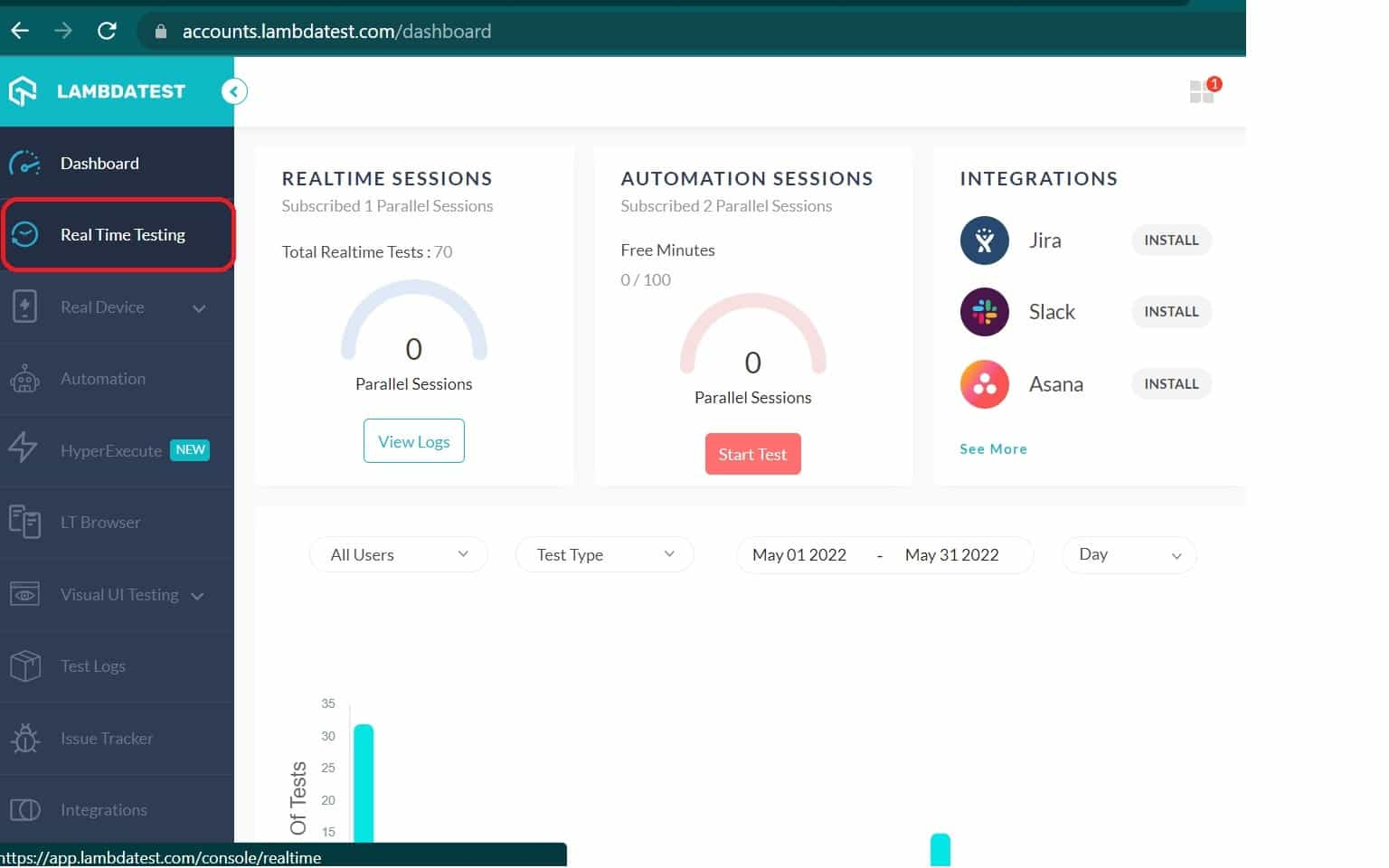
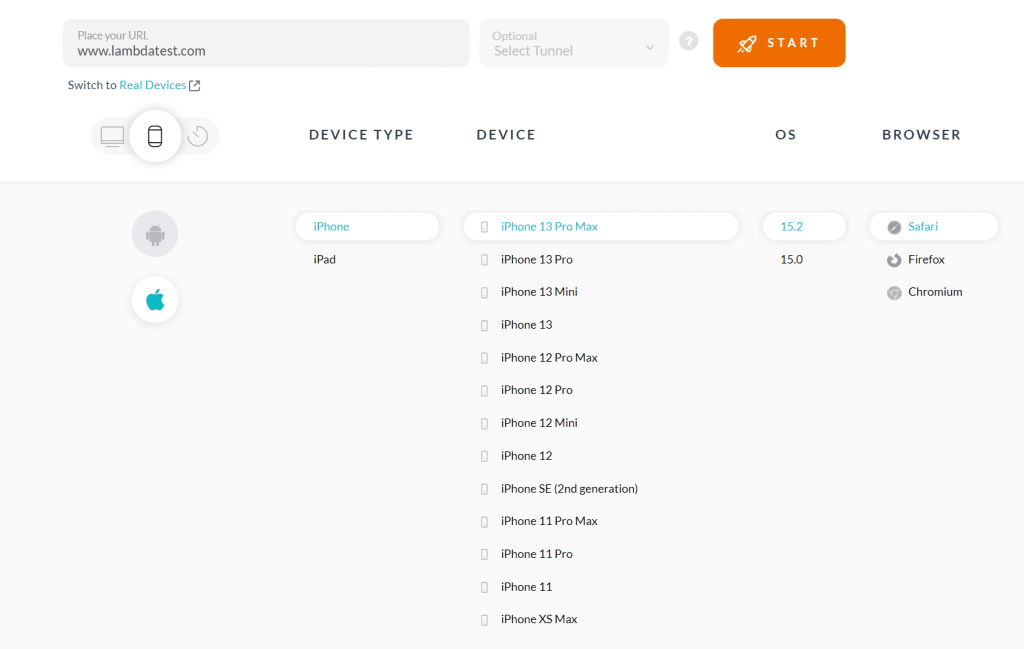
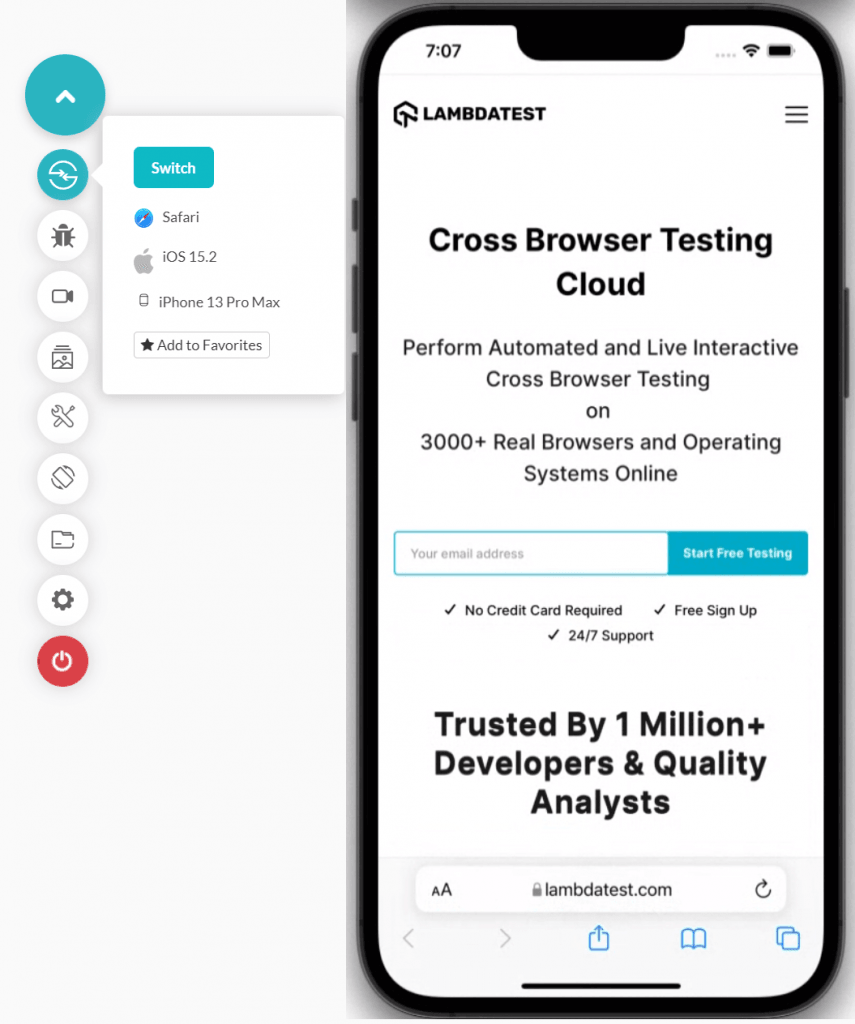
You can also go through the following video to get a glimpse of the Real Time Testing feature of the LambdaTest platform:
If you are not using Oracle’s low code technology that brings out a responsive website automatically, you can test responsiveness via the LT browser. This browser is explicitly developed for mobile-specific testing and comes with features such as hot reloading, network throttling, interacting with two devices simultaneously, and more.
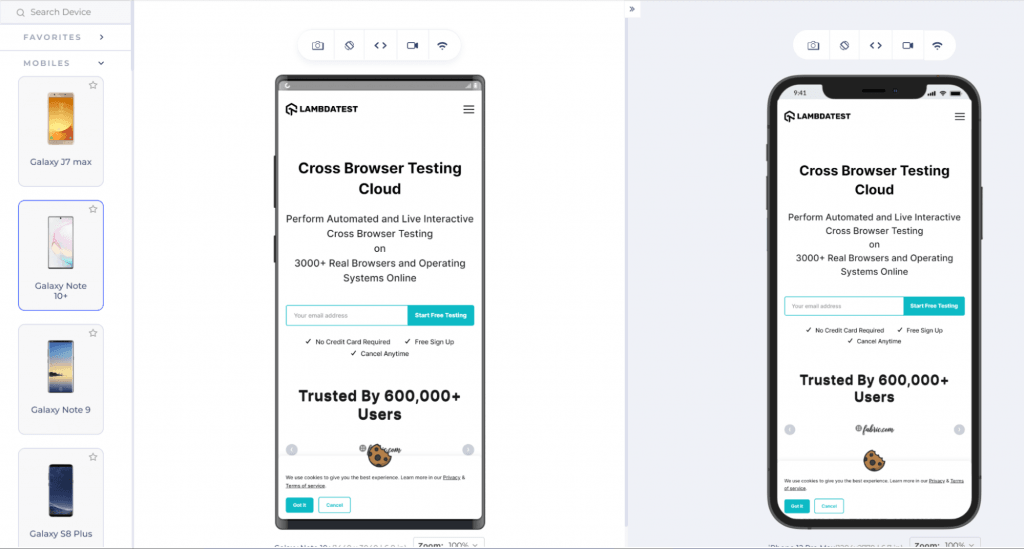
The devices available in the browser are crafted beforehand to speed up the testing process. However, you can also configure your device if you want from within the browser.
Performing Oracle testing of mobile apps on LambdaTest
Next, we may need to test our mobile application. For this, we have two choices:
- Testing with emulators and simulators.
- Testing with real devices.
Thankfully, LambdaTest provides both options, and it is up to the requirement which way to go.
To perform Oracle testing with emulators and simulators on the LambdaTest platform, please follow the below-mentioned steps:
- Visit Real Time Testing and select “App Testing.”
- Then, upload your application binary, select device, OS version, etc., and run the application on the selected device.
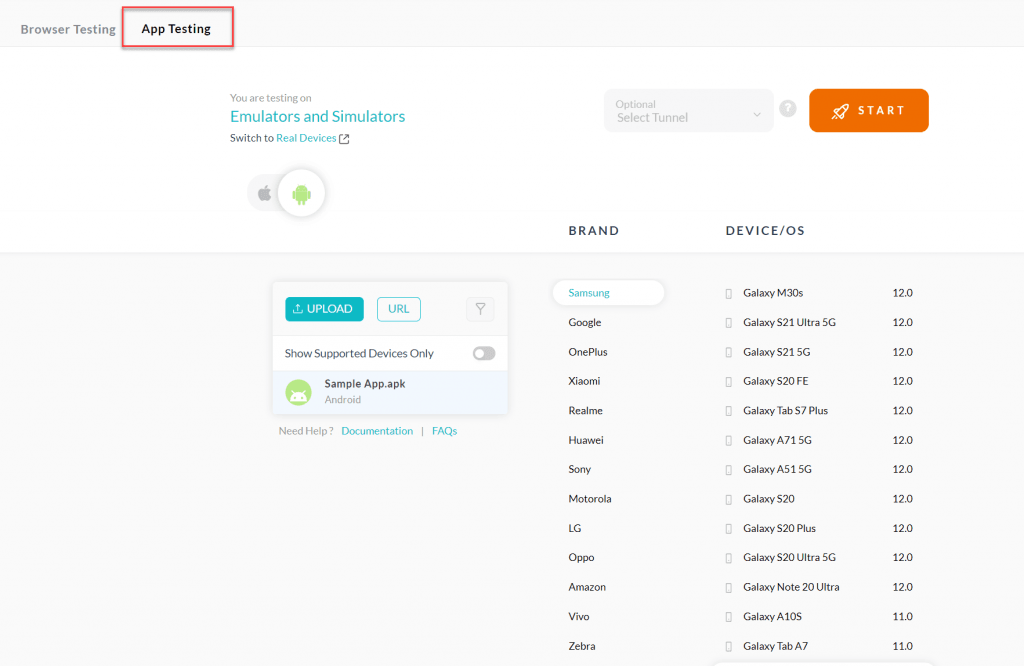
To perform Oracle testing on real devices, you can follow the below steps:
- Go to Real Device and then to Real Time or App Automation as per choice.
- Real Time focuses on manual inspection by installing the application on a real device. App automation, on the other hand, takes you to perform app test automation. This can be achieved through multiple integrations with LambdaTest, such as Appium.
- For this demo, we will proceed with Real Time choice. First, select the appropriate device and OS version to install the application on a real device on the cloud.
- Now just interact with the application as an end-user:
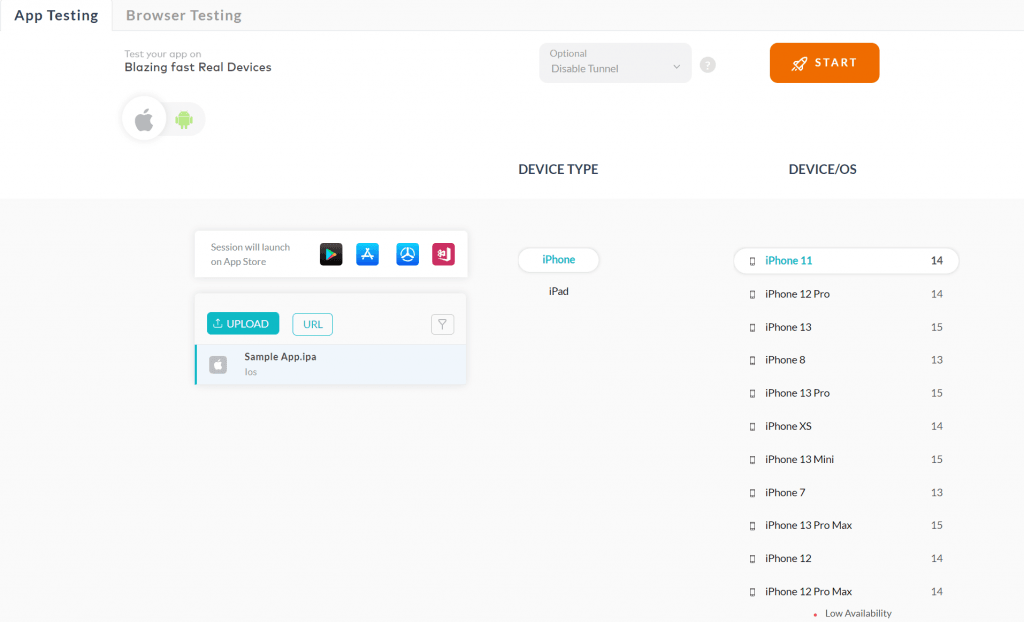
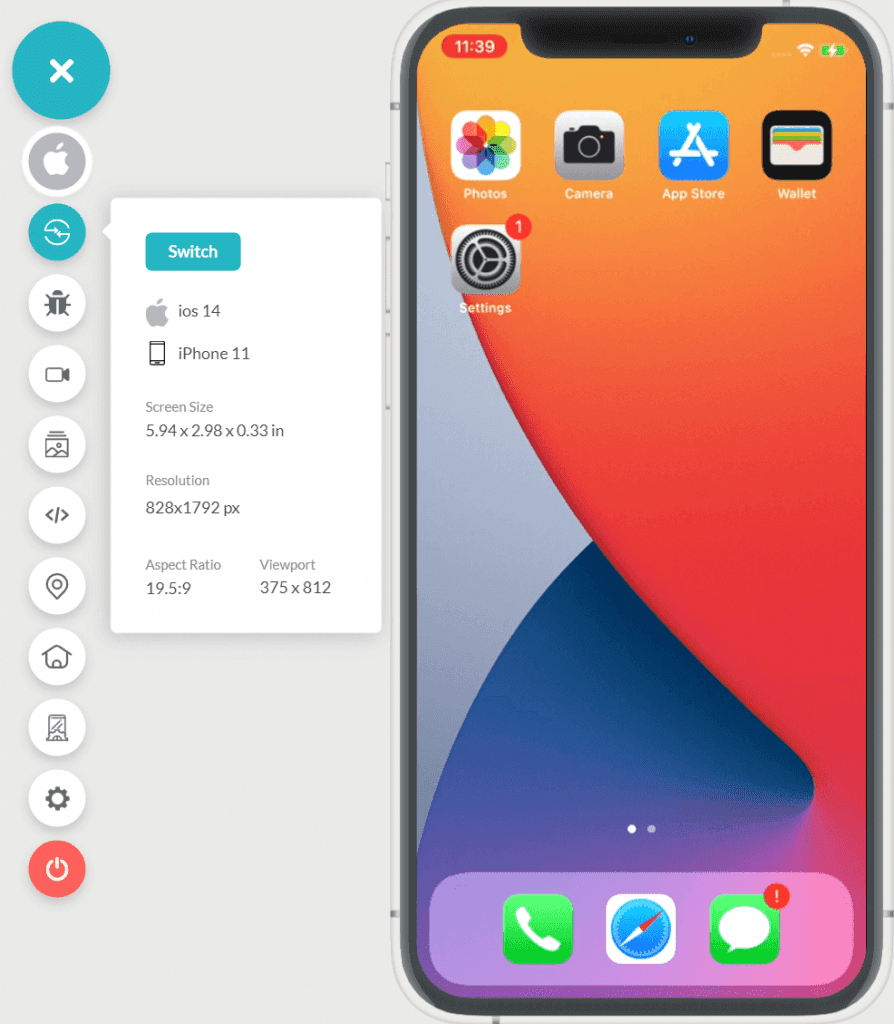
LambdaTest allows you to perform Oracle testing on a real device cloud with real browsers and operating systems. Here’s how you can perform real-time testing on real devices using the LambdaTest platform:
You can also subscribe to the LambdaTest YouTube Channel and stay updated with the latest tutorials and updates on web app testing.
LambdaTest also offers the option to test an unpublished website with the help of a secure tunnel, but with Oracle, you might not need it. You will get a public IP along with your VMs.
Conclusion
Oracle Cloud is a platform where you can develop, analyze and host your application with extremely high-tech physical machines that can make your app alive. Launched in 2016, it is definitely new in the game, but that could be its greatest strength.
In a lot of ways, Oracle testing provides a better-performing infrastructure with the latest devices that work with the latest integrated technologies. In the search for a user base, Oracle is also one of the most affordable cloud computing platforms out there.
In this post on Oracle testing, we introduced you to this great platform and highlighted its most celebrated features across the globe. Since we know that no application release is complete without testing, we covered that gap with another cloud-based platform LambdaTest.
I believe that this combination is all you need for application release except for the manpower to operate them. We hope it was a good read for you with a lot of interesting details. Thanks for reading this article on Oracle testing and giving it your time.
Happy Testing!
Frequently Asked Questions (FAQs)
What is oracle cloud testing?
Oracle Testing as a Service (TaaS) is a cloud-based platform that allows you to deliver automated application testing. It’s a self-service solution for private clouds that automates the testing process from start to finish.
What is Oracle Test Manager?
Oracle Test Manager is a flexible, user-friendly test process management solution for building and organizing your whole testing process.
Got Questions? Drop them on LambdaTest Community. Visit now















